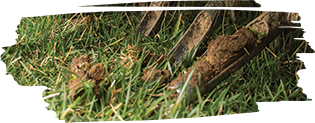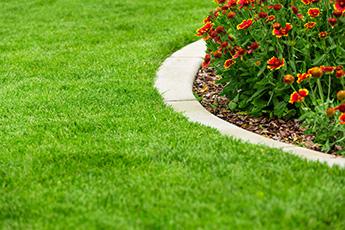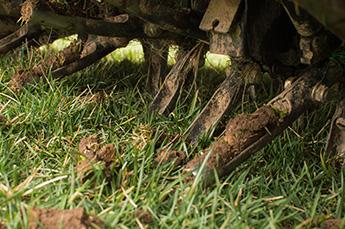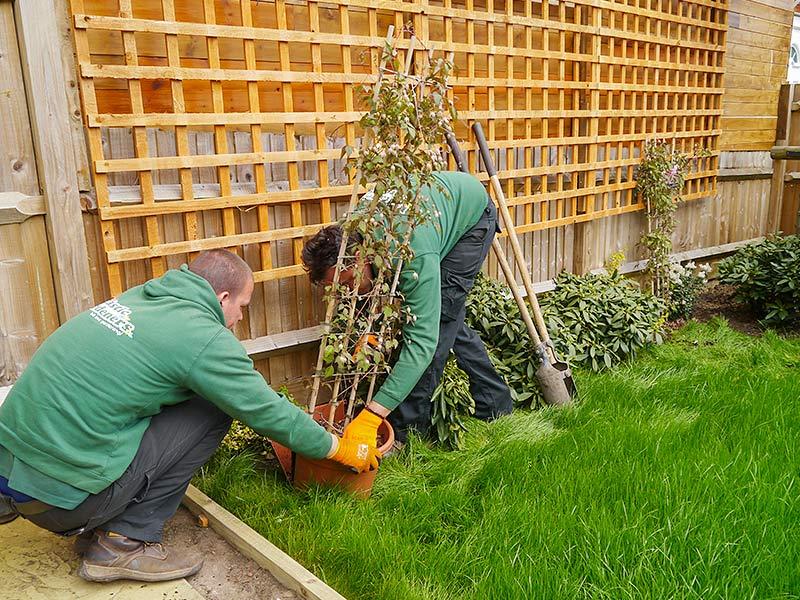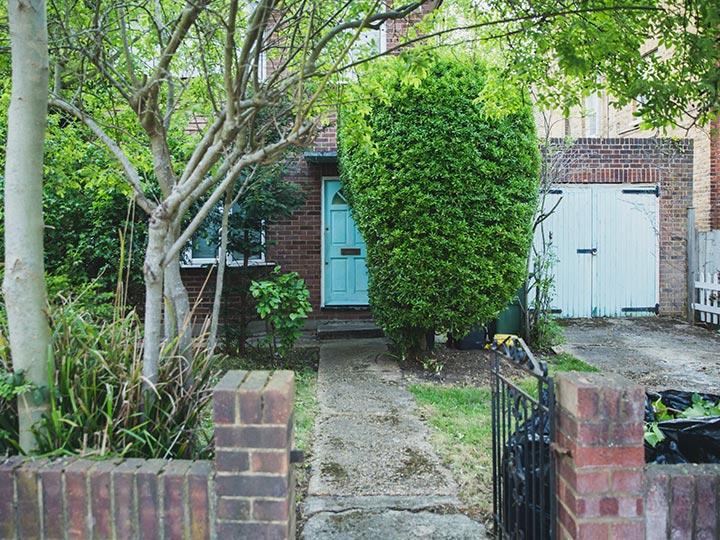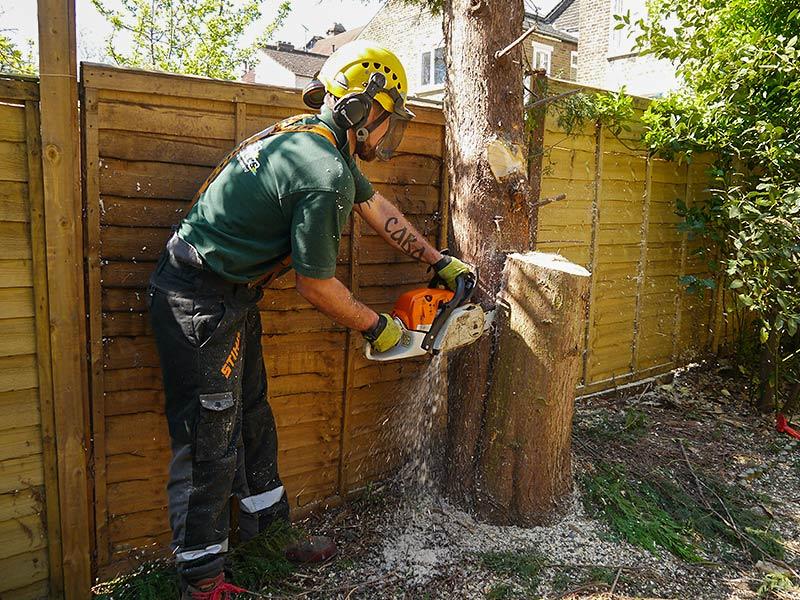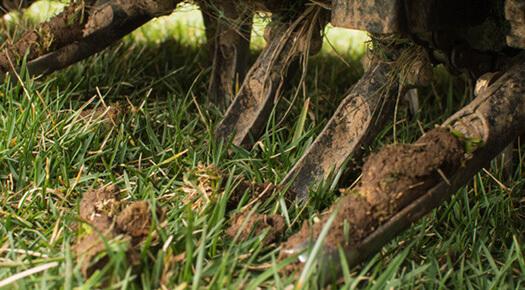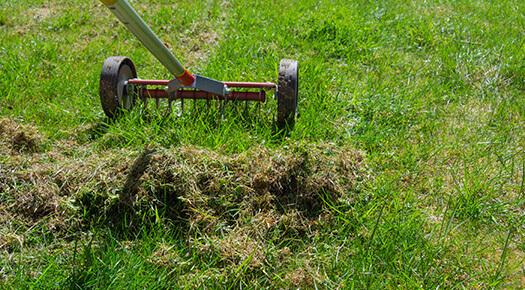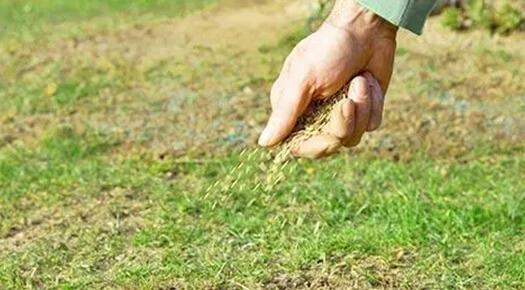Although there are still many things to be learned about lawn aeration, there’s one thing most experts agree on and that is that opening up the turf’s surface is beneficial for it. Air and water are essential for the soil ecosystem and the soil microorganisms in it which help naturally break down thatch thus improving the lawn.
Good drainage conditions and adequate topsoil air intake are very important for the proper growth of grassroots as they help them breathe and grow. By aerating the soil, you’re permitting air to enter into the soil, which leads to gaseous exchange. Meaning that the grassroots suck in oxygen and expel carbon dioxide.
Having too much carbon dioxide in the soil is not good as it can limit or completely prohibit its water and nutrients intake.
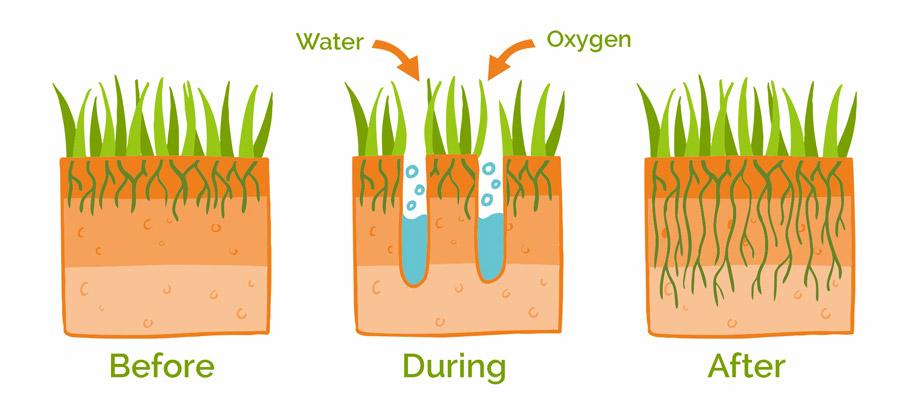
By regularly aerating your turf you will also allow water to enter it more easily. This plays great importance in the hotter seasons as when the weather is dry, the grassroots will require a bigger intake of water as a lot of it will evaporate or transpire through their leaves. If your grass is letting out more water than it’s intaking it will begin to turn brown and may even eventually die.
However, by thoroughly aerating an area where browning has occurred, you can restore to roots’ ability to intake moisture again. And if done right your grass’ colour will return to its regular green in just around a week.
On the other hand, if the lawn is not aerated during the cold rainy seasons such as autumn and winter completely different problems can occur. For example, your soil might experience surface sealing because of the compacting effect of walking around and using garden maintenance machines that are on the heavier side.
This can prevent water from entering the soil, in turn remaining on the surface and also restrict gaseous exchange. In the long run, this can lead to moss and fibrous growth build up. If nothing is done to relieve the soil compaction, no water or air will be able to reach the grassroots, creating the ideal conditions for diseases to thrive.

